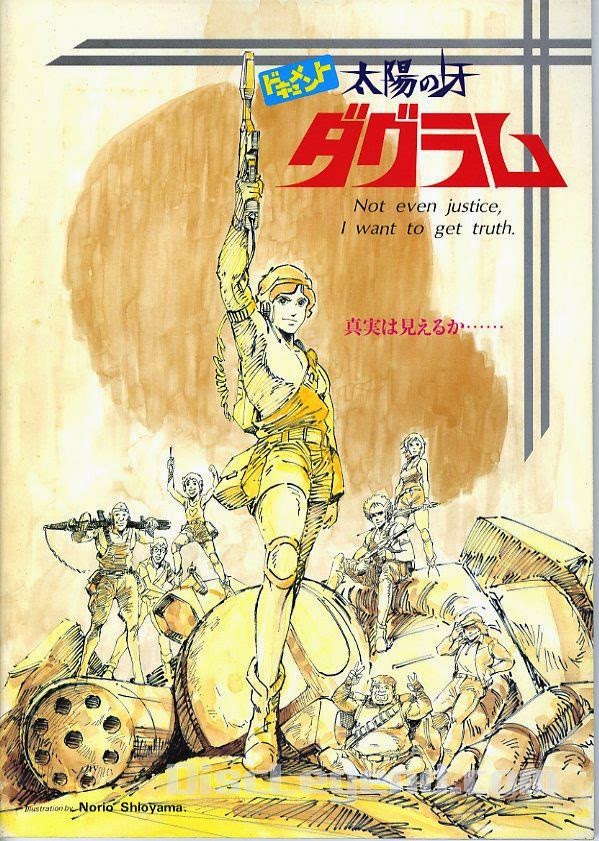Title: Cowboy Bebop
Directed by: Shinichirō Watanabe
Original concept: Hajime Hayate
Series story editor: Keiko Nobumoto
Original character design: Toshihiro Kawamoto
Mechanical designer: Kimitoshi Yamane
Music composed by: Yoko Kanno
A production of: SUNRISE INC. BANDAI VISUAL
Episodes: 26
Original run: April 3, 1998 – April 24, 1999
Directed by: Shinichirō Watanabe
Original concept: Hajime Hayate
Series story editor: Keiko Nobumoto
Original character design: Toshihiro Kawamoto
Mechanical designer: Kimitoshi Yamane
Music composed by: Yoko Kanno
A production of: SUNRISE INC. BANDAI VISUAL
Episodes: 26
Original run: April 3, 1998 – April 24, 1999
In the following article, I will be reviewing the anime series Cowboy Bebop, which can be classified as a postmodern space opera. Inspired by the innovative ideas of Osamu Dezaki's famous Space Adventure Cobra series, Cowboy Bebop will use them in two different ways in order to create its episodes. Firstly, it integrates them with brief, various explorations of different movie genres, stretching from comedy to hard boiled, from film noir to action movie or psychological thriller, with no disdain for a little cyberpunk touch. Secondly, they are amplified by the authors' vast store of knowledge on Western cinema and music. And here comes Cowboy Bebop, one of the most important Japanese anime series of the 1990s, whose appeal and success is to be found in its complex network of associations and quotes that resembles a mosaic, for you will need to have all the pieces to fully understand the picture.
Furthermore, it is worth mentioning that there is a recurring element in Shinichiro Watanabe's polyhedric work, coming from the Japanese folk legend Urashima Taro. Indeed, once we remove any postmodern element and reference to other anime, we can see remarkable analogies between the characters' complex personalities and background and the legend. Here Watanabe follows the steps of previous Japanese film directors who used the legend as metaphor of the phenomenology of postmodernity.




















